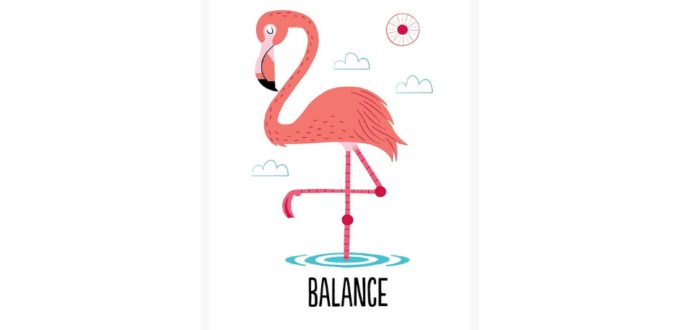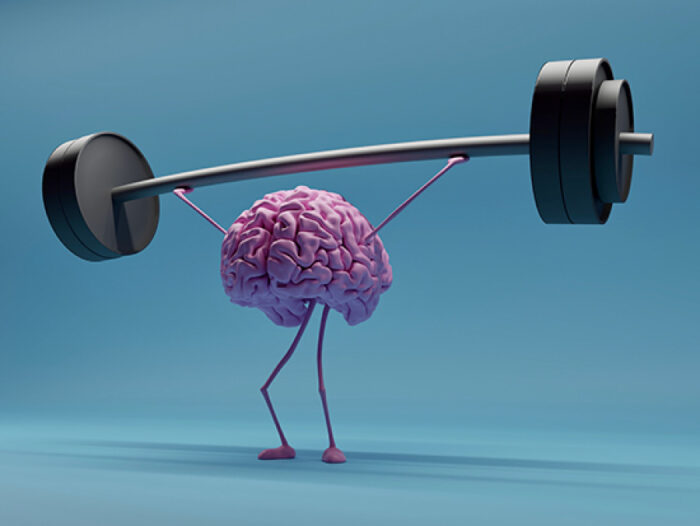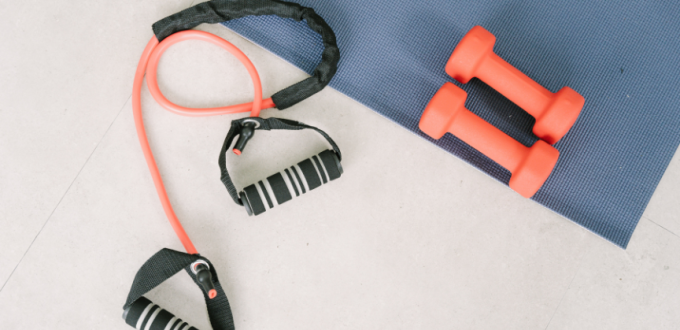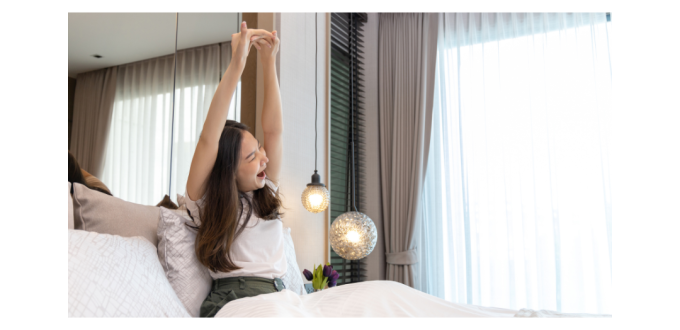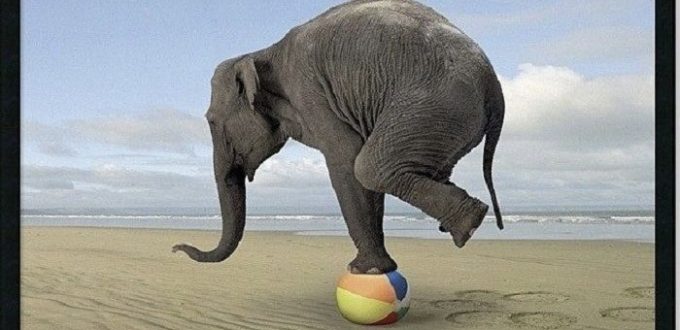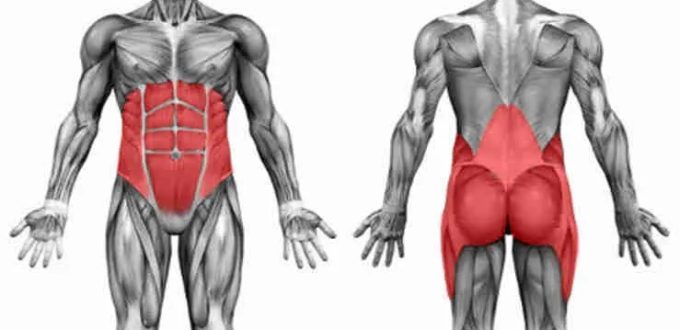I’m sure grip strength is not something you think about everyday, I definitely don’t. I think we may only think about it when we have trouble opening a jar (or maybe that’s just me). If you do think about it and work on it then that is fabulous! If not, here are some reasons why it is important to maintain and/or improve good grip strength.
Grip strength is a good marker for how well you are aging. People who have good grip strength age more slowly compared to those with weak grip strength which tends to lead to more frailty.
Grip strength can tell a lot about a person’s general body strength, especially upper body strength.
We need good grip strength for daily activities, of course opening jars but also things like carrying groceries, sweeping, vacuuming, gardening, holding a jug of milk/juice/coffee etc.
We also need good grip strength for preventing falls. If we lose our balance we need to be able to reach out and grip anything close by to regain our balance and avoid a fall. Good grip strength allows us to grab and hold onto railings solidly and confidently which can also prevent a fall.
Since we need it for a lot of activities, we not only need strength but we also need to have the endurance to grip for lengths of time for carrying/holding objects.
Grip strength can start declining around the age of 50, key word is can…which means it doesn’t have to if you work at or if you frequently use your hand muscles. I say this a lot but it is true that you can always improve it no matter what your age and story is.
How to make sure your maintain or improve your grip strength:
1) Use resistance bands and hand weights for exercise, both require grip strength.
2) Use a tennis ball, stress ball, or something similar to squeeze. Squeeze and hold that for 10 seconds and do it 10 times. Then do the same thing but this time, do it as quickly as possible grip and release without holding for 10-20 repetitions.
3) Use a towel, can be any size, and pretend to wring it out, both directions for 1 minute
4) There are grip strengtheners that you can purchase for under $10 at places like amazon that have varying resistance.
With all the technology we have today, we use our finger muscles less, with less button pressing etc. There are so many things that are touch screen, automatic or voice activated so it is helpful to do exercises regularly to stay strong.
There are other grip, finger, forearm exercises that can also help so please reach out if you would like more guidance.

